You are using an out of date browser. It may not display this or other websites correctly.
You should upgrade or use an alternative browser.
You should upgrade or use an alternative browser.
Kanye West Is Now Going In On The Jewish Community Right Now
- Thread starter Unknown Poster
- Start date
More options
Who Replied?DoubleClutch
Superstar
Kanye isn’t playing any chess, people are playing him constantly. He just got played by Tucker and Candace. Grown man constantly throwing tantrums on instagram
I think this pretty much closes his adidas deal. Relationship was under review before this. He’s about to lose a lot of deals, money going to take a hit. Burning too many bridges
Are you even watching his interviews or reading his posts?
He wants out of his adidas deal. Kanye is showing he has the power.
He’s already been to rock bottom, almost died and “canceled” but he bounced back and is one of the riches/most influential people on the planet
At this point he doesn’t care about money, fame, people’s opinion but seems genuinely to care about maintaining his Christian ideals in everything he does, freedom of expression in the media and his protecting his kids.
Seems like a smart man to me

I remember not long ago watching him on SNL dressed up as a bottle of Perrier water rapping with Lil Pump thinking

Now he has two hour interviews with Fox News just to speak his mind and promote his brand

What’s lil pump don’t right now?
I already explained to you the issue with post-1800 egyptology. You can play dumb all you want but unless you subscribe to the Hamitic Hypothesis (which was a patently racist theory created by vocal eugenicists that has no scientific backing) there is no basis for arguing Ancient Egypt wasn't black. Even modern egyptologists run away from the topic of race surrounding Ancient Egypt nowadays because they don't want to deal with this clearly racist legacy.
And did you really just cite art as an argument against Ancient Egypt being black? Crakkka please. Just look at these pictures and tell me which one ain't black.
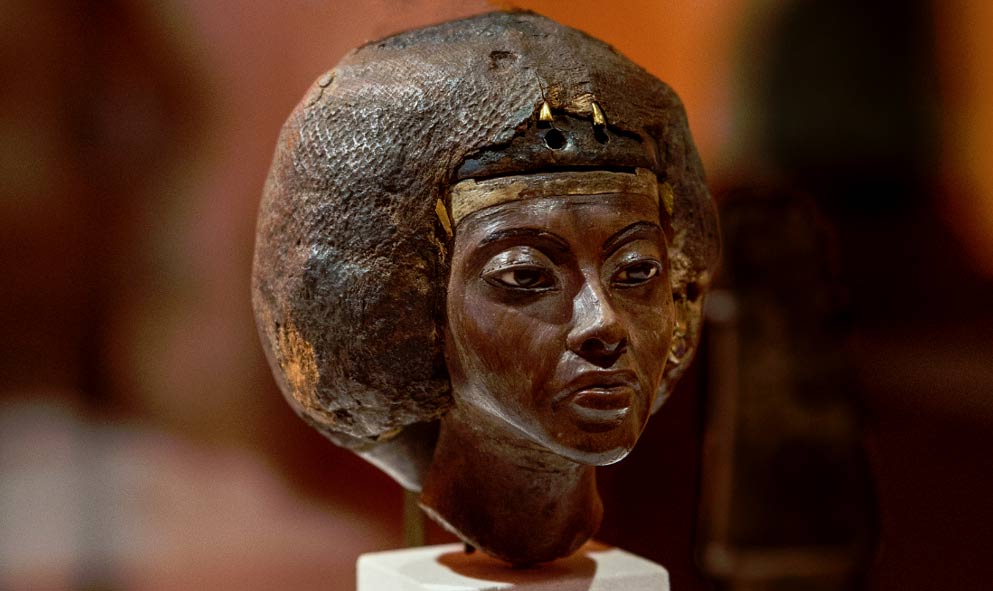
Queen Tiye, the Great Royal Wife of Amenhotep III, mother of Akhenaten and grandmother of Tutankhamun
The Great Pharaoh Amenhotep III, husband of Tiye, father of Akhenaten and grandfather of Tutankhamun
Bust of Pharaoh Amenhotep III
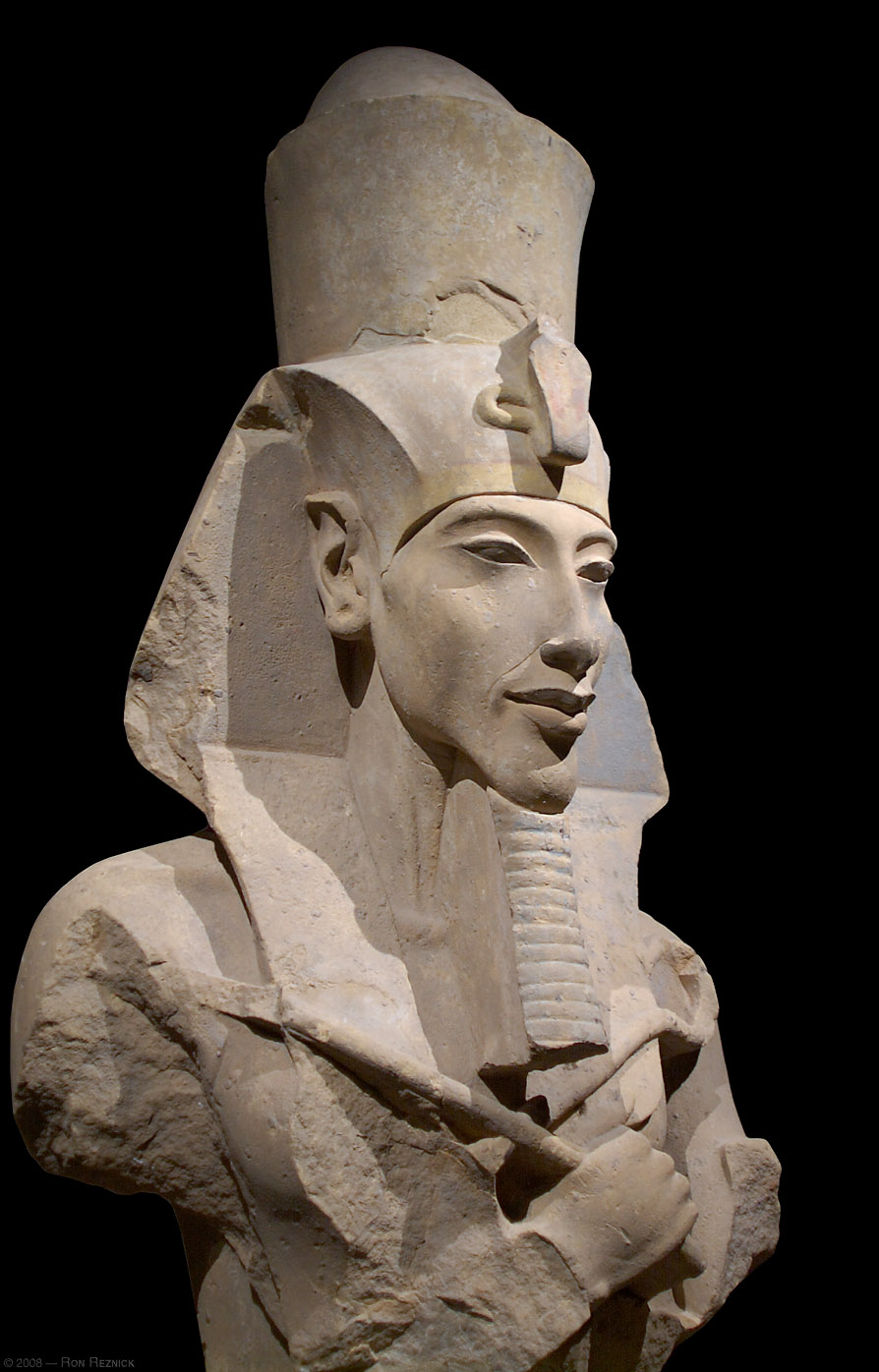
The Great Pharoah Akhenaten, husband to Queen Nefertiti and father to the boy King Tutankhamun
Profile view of the Pharoah Akhenaten
Relief Portrait of the Pharaoh Akhenaten

The boy King Tutankhamun, son of the Pharoah Akhenaten and Queen Nefertiti
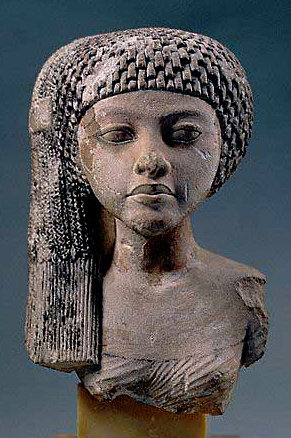
Mektaten, second daughter of Pharaoh Akhenaten and his Wife Nefertiti, sister to Tutankhamun
Head of the statue of a princess, one of the six daughters of Akhenaten and Nefertiti
The Great Sphinx of Giza

Statuette of Queen Tiye (Front View)
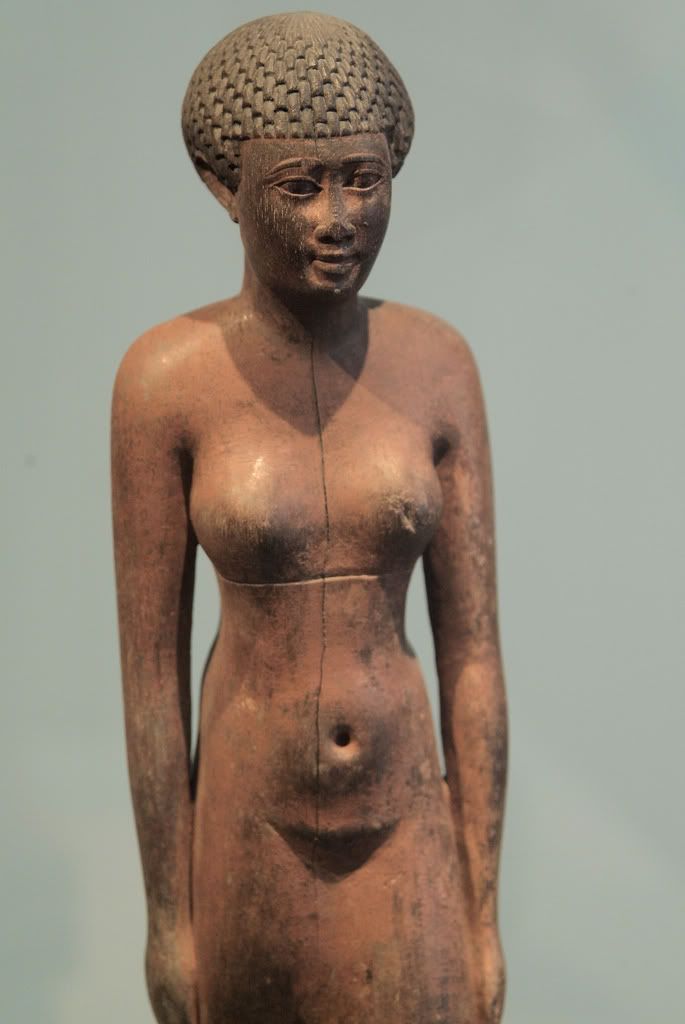
Statuette of Egyptian Female

Statue of Egyptian Male
All I see is a bunch of nikkas. Please feel free to show me who in the royal family was non-black.
You’re showing art from various eras and just lumping them all in “ancient Egypt”
Publishing its findings in Nature Communications, the study concluded that preserved remains found in Abusir-el Meleq, Middle Egypt, were closest genetic relatives of Neolithic and Bronze Age populations from the Near East, Anatolia and Eastern Mediterranean Europeans.
I already explained to you the issue with post-1800 egyptology. You can play dumb all you want but unless you subscribe to the Hamitic Hypothesis (which was a patently racist theory created by vocal eugenicists that has no scientific backing) there is no basis for arguing Ancient Egypt wasn't black. Even modern egyptologists run away from the topic of race surrounding Ancient Egypt nowadays because they don't want to deal with this clearly racist legacy.
And did you really just cite art as an argument against Ancient Egypt being black? Crakkka please. Just look at these pictures and tell me which one ain't black.

The boy King Tutankhamun, son of the Pharoah Akhenaten and Queen Nefertiti
1) first fallacy you made is selective reading. Show me where I said there was not any black Egyptians? You are trying to paint with broad strokes and all evidence points otherwise. Out of the millions of egyptians you posted like 10 selective artifacts.
2) second fallacy is again time - you go back far enough everyone started black. So again you post artificats over thousands of years inbetween them and playing them off as fact
3) third fallacy
and the one I'll highlight. You post King Tut. All evidence and it's widely accepted that he was not a dark skinned person.
“We think the common ancestor lived in the Caucasus about 9,500 years ago,” Scholz told Reuters. The results showed that King Tut belonged to a genetic profile group, known as haplogroup R1b1a2, to which more than 50 percent of all men in Western Europe belong, indicating that they share a common ancestor.

Half of European men share King Tut's DNA
Up to 70 percent of British men and half of all Western European men are related to the Egyptian Pharaoh Tutankhamun, geneticists in Switzerland said.
so there's 1 major hole in what you posted because you're passing off busts off as "black" that have been proven otherwise
4) I never stated Egypt or any of the ancient kings/queens were white. I said they weren't as black as you and afrocentrics like to portray. They clearly weren't in the same specturm as West Africa. A point you have yet to disprove.
5) you posted a bust of Queen Tye. Here is her mummified remains. Now - I am not saying she could NOT have been black (specifically in how we term black nowadays, where anyone of mix background is called black), but she was not a nappy haired woman with an afro as the bust depicted and how you are trying to make it come across.
In fact the explanation of the "afro" is actually a blue beaded headdress. The color of the skin is because of the resin and age of the wood. These are scientific facts and also seen in various art work.
Even if you that wasn't the case - th hair itself would seem to denote she wasn't a West African black but of some sort of mixed background at best.
here is another art work of Queen Tiye - notice her skin color in this is quite a bit lighter than King Amenhotep. Do you think this was accidentally done?
6) from about a century earlier here is the mummified remains of Queen Hatshepsut wet-nurse Sitre-In, again depicting a woman with red/brown wavy hair.

7) here is art work depicting egyptians fighting against nubians
it's interesting how they depict the nubians quite a bit darker than themselves. Same color as the horse, noting they had limited pigments back then, but let's be optimistic and assume they did this just to show the difference between the two cultures and not because they weren't as black/dark as their nubian neighbors.
8) I don't know how you can take those images you posted and determine they are "black". Here's a good example of an "ancient" - King Tut egyptian bust and modern day egyptian. Yes, you could probably find a darker skinned comparison as well.
9) I'm surprised you didn't go with

10) ancient libyans on Seti's tomb. Libya was basically all the sahara in acient times and again I'll will contest that they weren't this pale (lack of pigment) but rather they were a lighter shade than Nubians and how they've been depicted. This is around 1290 BC
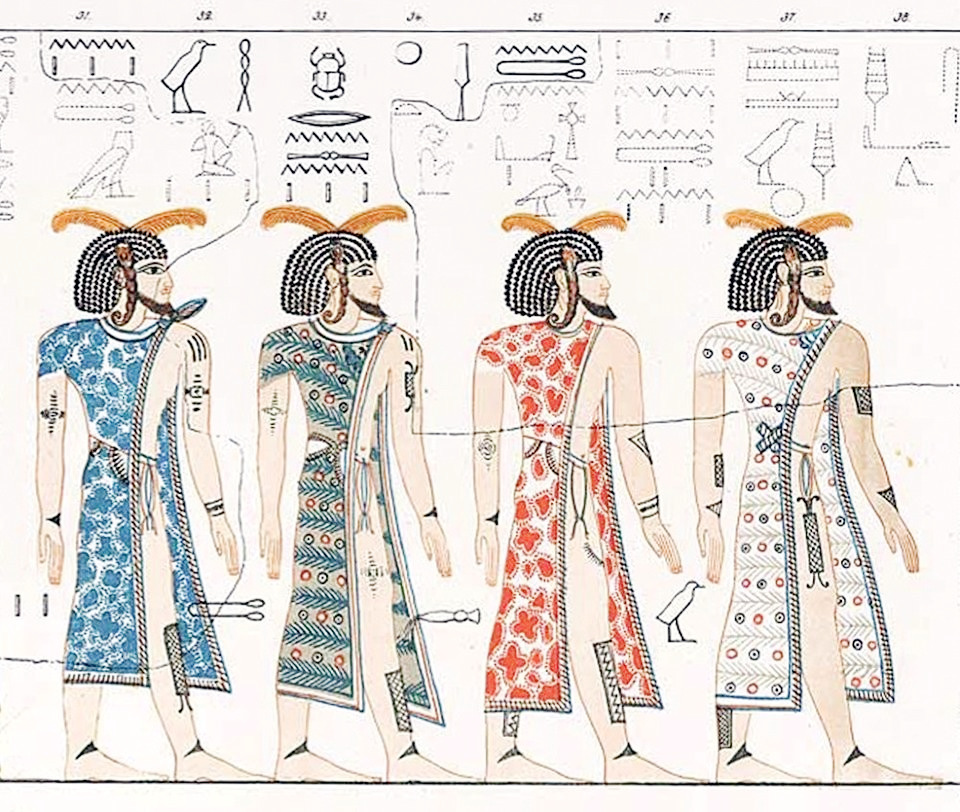
11) conclusion is that , Ancient Egyptians around 1400 BC and later were not holistically BLACK in the term of West Africa or even parts of Nubia. Instead they were a heterogenous group of people that had alot of shades. However, several busts YOU posted have been proven by various scientific means not to be BLACK but at the very least MIX and in some cases majority Euro(Tut)
I'm curious if you believe current Egyptians are Black (not African but Black)
Last edited:
Could you point me to the biblical verses pointing this out? I don't remember reading explicit verses stating he stood out. Also who hides out in a nation of people who look completely different? Wouldn't word spread of a light complexioned guy living among dark skin natives?
Also just so everyone understands, the biblical Ethiopians are not the people's of the modern day country of Ethiopia. In the Bible, Ethiopia/Nubia was the land directly to the south of Egypt. So in terms of our modern world, the Ethiopians/Nubians in the Bible would be similar to the people's of modern day South Sudan. Especially when you consider the representations the Ancient Egyptians made of the Ancient Nubians/Ethiopians who had a very Nilotic phenotype.
It would be very hard to hide out in modern day South Sudan as a light complexioned individual.
MY BROTHER, I READ SCRIPTURE EVERY DAY.. ITS MY LIFE
NOBODY SAID MOSES WAS “LIGHT”
HE WAS A DARK SKINNED MIDDLE-EASTERN (SEMITE)
THINK IF A MIZRAHI JEW SPENT MOST HIS TIME IN THE DESERT SUN.. THATS WHAT MOSES LOOKED LIKE
HERE IS A VERSE THAT POINTS OUT THE DIFFERENCE BETWEEN ISRAELITES AND CUSHIITES:
Jeremiah 13:23: “Can the Cushyte change his skin or the leopard his spots? Then also you can do good who are accustomed to do evil.”
^ATTENTION IS DRAWN TO THE DIFFERENCE OF SKIN
“Miriam and Aaron spoke against Moses because of the Cushyte woman whom he had married, for he had married a Cushyte woman.” Then God strikes Miriam with leprosy. Why? Consider this possibility. In God’s anger at Miriam, Moses’ sister, God says in effect, “You like being light-skinned Miriam? I’ll make you light-skinned.” So we read, “When the cloud removed from over the tent, behold, Miriam was leprous, like snow” (Num. 12:10)
LIKE SOMEONE ELSE POSTED UP, RACE IS A BYPRODUCT OF WEATHER CONDITIONS
AND LETS USE COMMON SENSE HERE.. WHEN A FOREIGNER ENTERS YOUR TERRITORY, PEOPLE GUNA NOTICE ONE WAY OR ANOTHER.
THIS IS WHERE KUSH WAS LOCATED

They really unbanned sccitt after he said raping women is hilarious.
This place has gone off the deep end.
You been posting on this site for years and have yet to prove this despite being called out for digital Blackface multiple times.
Should be pretty easy, yet you refuse.
I wonder why.
and ironic enough this thread title is anti semitic, it implies that Jews have a power others don’t therefore if you talk about them you’ll eventually be killed or shut down somehow. That’s an anti semitic “they control everything” trope.
CLOWN SHIIT .. FEMININE METOO CANCEL BABBLE
I NEVER SAID RAPING WOMEN IS HILARIOUS SMFH AND YOU WOULD HAVE TO BE AN IDIOT TO DEDUCE THAT FROM WHAT I SAID.. PEOPLE WERE COMPLAINING ABOUT DAVE CHAPPELLE MAKING RAPE JOKES, SAYING HE WASNT FUNNY (7 YEARS AGO) AND I WAS BEING FACETIOUS IN MY REPLY “RAPE IS HILARIOUS”
BUT I UNDERSTAND, YOU GOT PERMABANNED FOR COMIN AT ME, SO U PROLLY THREW YASELF A LIL PARTY WHEN U SEEN THEY GOT ME CAUGHT UP

Toe Jay Simpson
Searchin’
He’s trying to be Trump not realizing the strategy they’ve been playing on Trump the last 6 years. Yeah they’re having a hell of a time touching him, but just about everyone who stands next to him gets cased up. It’s a long game. Kanye truly is a powerful celebrity right now but let’s see what happens when they’ve got these businesses and other celebs scared to stand next to him. Let’s see what happens when his kids come home and tell Kim so and so parents won’t let them play with them because of what their dad says.
Dumb nikka. He’ll be a trophy bigger than Jacko for them.
Dumb nikka. He’ll be a trophy bigger than Jacko for them.
It describes woolly hair and burned Brass/Bronze, your people don't have that. At all. That's a race thing.

African Presence in the bible is something even kids see. Just have to look. Also, someone who was alive just after the time of Jesus says the followers of Christ were Ethiopian (Black) in overall appearance. Tacitus (AD56 - AD117) - The Roman Senior and Historian.
Son, even in our diminished state, Black people are the greatest people (raw Talent/intelligence/Beauty) on Earth. Much less the Egyptians/Ancient Black geniuses. I appreciate the offer to be one of you, I'm really just reclaiming our true full history. Which includes the Jews of the Bible, there are many offshoots/Rebrands... like your people
MIDDLE EASTERNS ARE FAR CLOSER TO BURNT BRASS THAN AFRICANS ARE
HERE IS BURNT BRASS

HERE IS A MIDDLE EASTERN JEW

AS FOR WOOLY HAIR, IM SURE YOURE FAMILIAR WIT THE TERM JEW FRO .. MIDDLE EASTERNS ARE KNOWN FOR THEIR CURLS, AND ALL U GOTA DO IS TRAVEL TO ISRAEL TO SEE THAT DREADLOCKS IS ACTUALLY VERY POPULAR IN ISRAEL
AGAIN.. IF U WANA PARTAKE IN MY CULTURE, U DONT GOTA HIJACK IT. U CAN EASILY JOIN THE NATION BY PUTTING IN SOME WORK.
levitate
I love you, you know.
Nah they only care if folks on the left make statements like this…candace owens and ben shapiro gonna be having some awkward conversations at work on monday
levitate
I love you, you know.
That’s the first image that came to mind?HERE IS A MIDDLE EASTERN JEW


I already explained to you the issue with post-1800 egyptology. You can play dumb all you want but unless you subscribe to the Hamitic Hypothesis (which was a patently racist theory created by vocal eugenicists that has no scientific backing) there is no basis for arguing Ancient Egypt wasn't black. Even modern egyptologists run away from the topic of race surrounding Ancient Egypt nowadays because they don't want to deal with this clearly racist legacy.
And did you really just cite art as an argument against Ancient Egypt being black? Crakkka please. Just look at these pictures and tell me which one ain't black.

Queen Tiye, the Great Royal Wife of Amenhotep III, mother of Akhenaten and grandmother of Tutankhamun
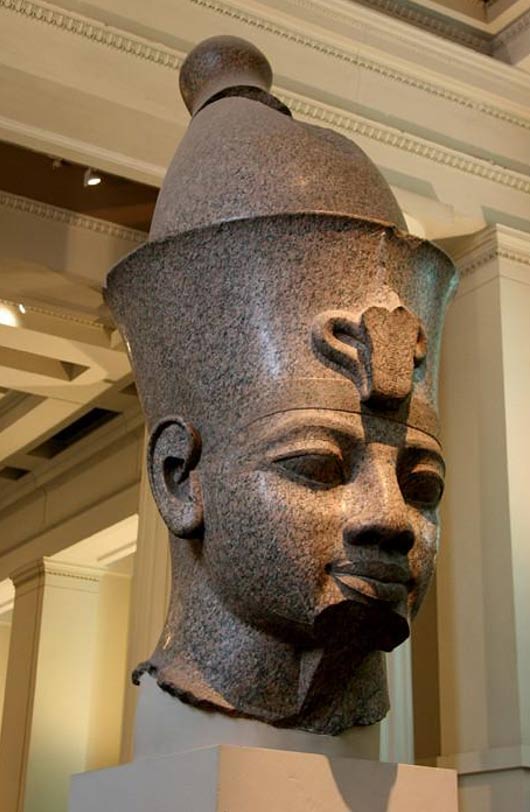
The Great Pharaoh Amenhotep III, husband of Tiye, father of Akhenaten and grandfather of Tutankhamun

Bust of Pharaoh Amenhotep III

The Great Pharoah Akhenaten, husband to Queen Nefertiti and father to the boy King Tutankhamun

Profile view of the Pharoah Akhenaten

Relief Portrait of the Pharaoh Akhenaten

The boy King Tutankhamun, son of the Pharoah Akhenaten and Queen Nefertiti

Mektaten, second daughter of Pharaoh Akhenaten and his Wife Nefertiti, sister to Tutankhamun
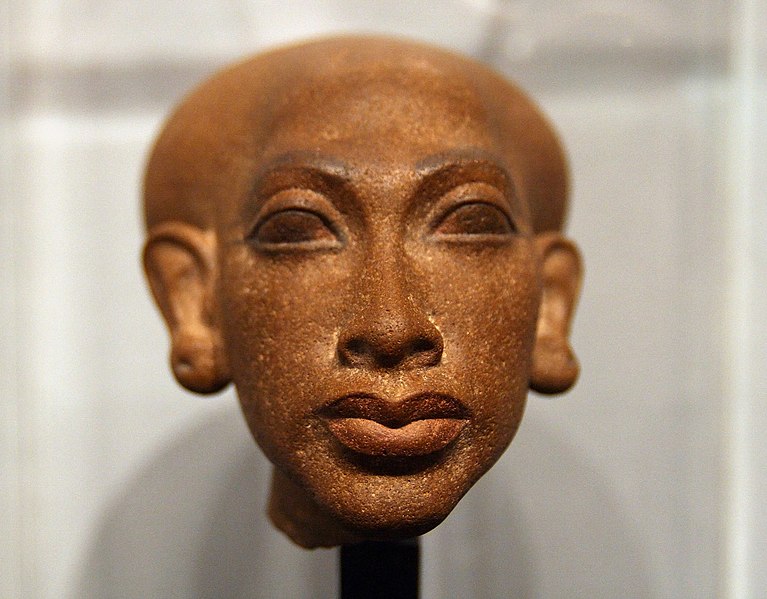
Head of the statue of a princess, one of the six daughters of Akhenaten and Nefertiti
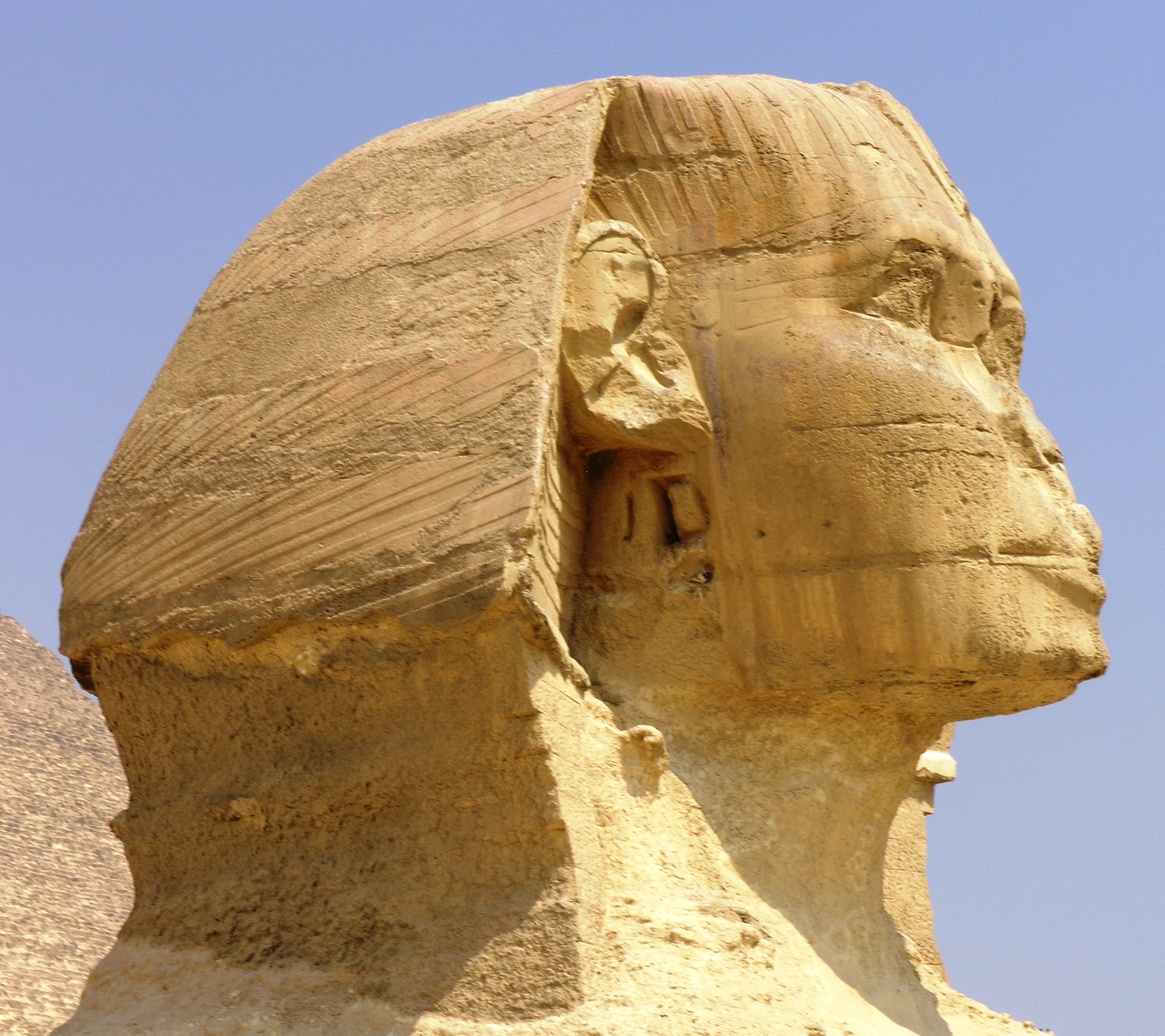
The Great Sphinx of Giza

Statuette of Queen Tiye (Front View)

Statuette of Egyptian Female

Statue of Egyptian Male
All I see is a bunch of nikkas. Please feel free to show me who in the royal family was non-black.
SOME OF THESE CLEARLY HAVE MIDDLE EASTERN NOSES & ORIENTEL EYES… MEANING THEIR WAS SOME OBVIOUS MIXING
That’s the first image that came to mind?

ITS A FAMOUS UFC FIGHTER.
CONTAIN YASELF FOLKS.

MY BROTHER, I READ SCRIPTURE EVERY DAY.. ITS MY LIFE
NOBODY SAID MOSES WAS “LIGHT”
HE WAS A DARK SKINNED MIDDLE-EASTERN (SEMITE)
THINK IF A MIZRAHI JEW SPENT MOST HIS TIME IN THE DESERT SUN.. THATS WHAT MOSES LOOKED LIKE
HERE IS A VERSE THAT POINTS OUT THE DIFFERENCE BETWEEN ISRAELITES AND CUSHIITES:
Jeremiah 13:23: “Can the Cushyte change his skin or the leopard his spots? Then also you can do good who are accustomed to do evil.”
^ATTENTION IS DRAWN TO THE DIFFERENCE OF SKIN
“Miriam and Aaron spoke against Moses because of the Cushyte woman whom he had married, for he had married a Cushyte woman.” Then God strikes Miriam with leprosy. Why? Consider this possibility. In God’s anger at Miriam, Moses’ sister, God says in effect, “You like being light-skinned Miriam? I’ll make you light-skinned.” So we read, “When the cloud removed from over the tent, behold, Miriam was leprous, like snow” (Num. 12:10)
LIKE SOMEONE ELSE POSTED UP, RACE IS A BYPRODUCT OF WEATHER CONDITIONS
AND LETS USE COMMON SENSE HERE.. WHEN A FOREIGNER ENTERS YOUR TERRITORY, PEOPLE GUNA NOTICE ONE WAY OR ANOTHER.
THIS IS WHERE KUSH WAS LOCATED

we also know that kIng seti adopted Moses and so Moses was able to pass as an egyptian vs a hebrew. So he probably shared similiar features and skin tone. Obviously the interpretation depends on what you believe SEti was from a skin color standpoint but all accounts is that he wasn't heavily dark skinned.
@Sccit what are your thoughts on non denominational churches, catholicism, and eastern Orthodox??
Also, in your opinion who are what do you think the Antichrist will be? A powerful political or religious figure?
IM A JEW, BROTHER…. SO I DONT ADHERE TO ANY CHRISTIAN IDEOLOGY
VoxSphere74
Banned
Jews...the Ashkenazi/American white version....it's funny how they'll say "it's anti-Semitic to think we run shyt."
Then someone shyts on them...and that person gets ended with the quickness. Like, it's not an insult. They got the combo of minority status and white supremacy at the same time. Like if Bill Gates and Jeff Bezos got Affirmative Action and Reparations at the same time while being white. Can't knock their hustle...we need some of that but don't have the white cloak to pull it off as effectively.
When Donald Sterling got jammed up I think it was him or some other Jewish person who said they don't want anyone talking about them at all.
Not in a complimentary way, not in a flattering way, and not in a praiseworthy way.
Don't even mention them.
They want to be remain invisible and just run things behind the scenes.

And Kanye is a strange dude (for multiple reasons), because he'll go at the hebrews who are just a small minority among cacs but not cacs as a whole who are the problem and have been for centuries. Now granted we know he wants white acceptance and validation so why go at a minority of cacs to begin with?
And I've read some ridiculous explanations about why they're successful, from intelligence, to their religion, to their tenacity, unity, etc...and I'm thinking it's because they're white and work together.

That's literally it. Because if Jewish people worldwide woke up Black, Israel would no longer receive billions in free aid, advanced military hardware, be able to move into white corporations and become CEOs, and build wealth freely all across the US and Europe, etc...

Last edited: